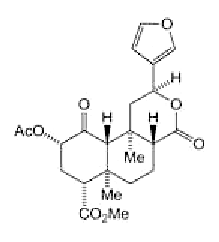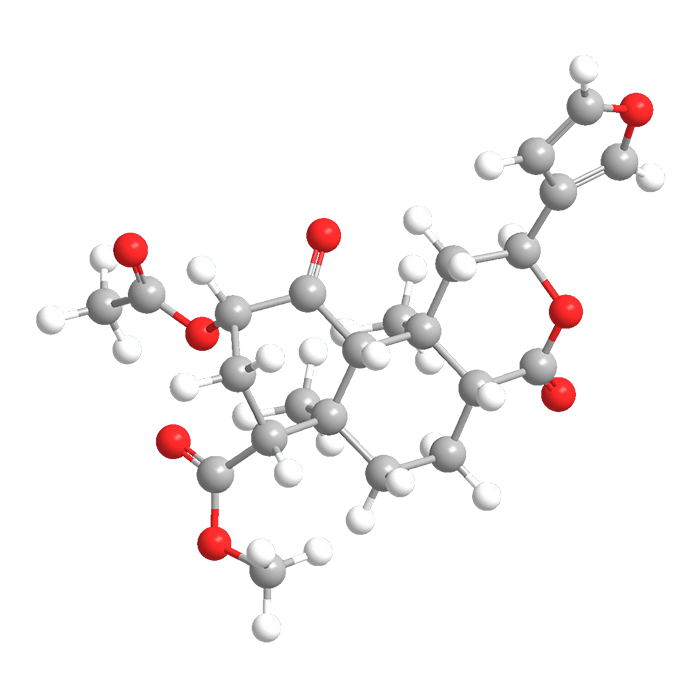

Salvinorin A, the most potent naturally occurring hallucinogen, is found in Salvia divinorum, a rare Mexican plant from the mint family. It was described and named in 1982 by A. Ortega and co-workers. At least 12 similar compounds have been discovered or synthesized, but none are appreciably psychoactive. Unlike most hallucinogens, salvinorin A is a terpenoid, not an alkaloid. In 2007, D. A. Evans and co-workers reported an asymmetric synthesis of salvinorin A.
MOTW update: September 11, 2017
Salvinorin A is a hallucinogen obtained from the Mexican salvia plant. Recently, researchers synthesized an analogue of salvinorin A, 20-norsalvinorin A, that is easier to make and more stable than the natural product. The salvinorins show promise as anti-itching agents.
MOTW update: September 4, 2023
Salvinorin A1 (SalA) occurs in Salvia divinorum and has been reported to be the most potent naturally occurring hallucinogen. Since its discovery, chemists have looked for ways to use SalA as a source of beneficial drugs because activation of this receptor is not noted to produce addictive effects.
Last month, Bhawyanth Duvvuru and Myles W. Smith* at UT Southwestern Medical Center (Dallas) reported on ways that SalA can be “salvaged” by using innovative chemical methods. They cite the work of Ryan A. Shenvi, Laura M. Bohn, and co-workers at Scripps Research (Jupiter, FL, and La Jolla, CA), who developed a short asymmetric synthetic method for accessing what they call “a focused library of salvinorins”.
1. CAS Reg. No. 83729-01-5.

Learn more about this molecule from CAS, the most authoritative and comprehensive source for chemical information.
Molecule of the Week needs your suggestions!
If your favorite molecule is not in our archive, please send us a message. The molecule can be notable for its current or historical importance or for any quirky reason. Thank you!
Stay Ahead of the Chemistry Curve
Learn how ACS can help you stay ahead in the world of chemistry.

